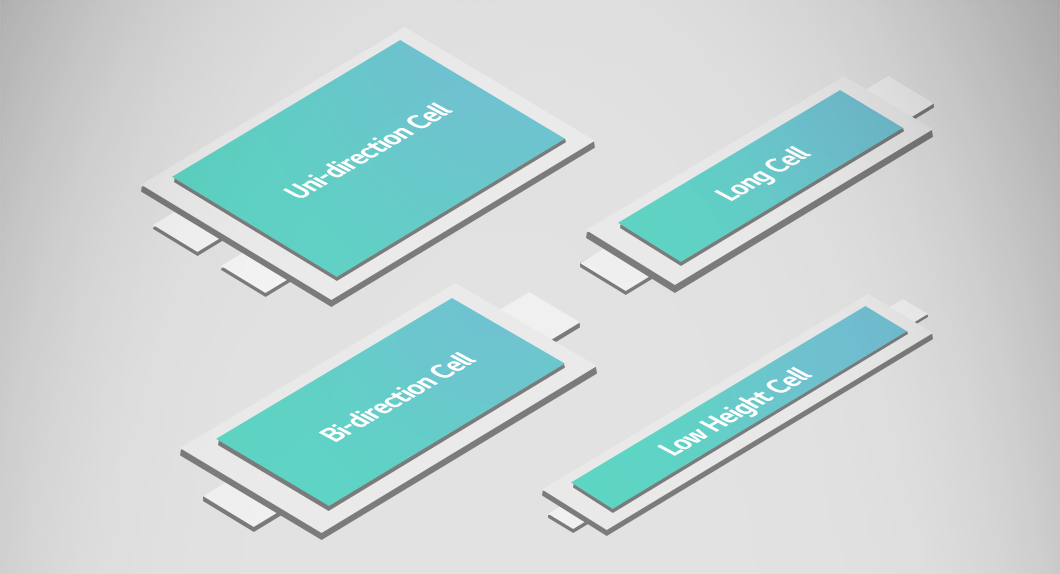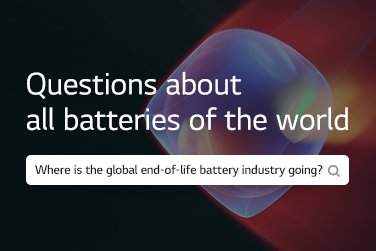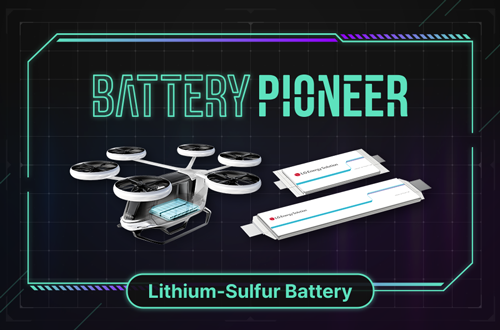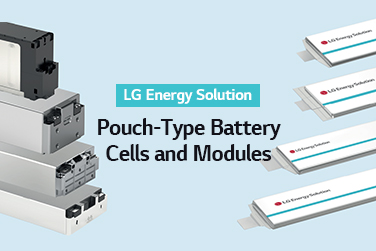How can we make lighter, thinner, and highly energy-dense batteries?
This is one of the biggest challenges for battery researchers. Today, we will look at a clue to the question. It is a bag-shaped battery with the cathode, anode, and electrolyte in it: Pouch-type battery.

Higher Energy Density and Versatility
Pouch-type batteries are made by piling the ingredients up in layers inside an aluminum foil bag, instead of rolling it like in making a cylindrical battery. This method helps fill up the space completely, increasing energy density.

Pouch-type batteries are wider and thinner than cylindrical or prismatic batteries, thanks to the film wrapping of the electrodes. That feature allowed to produce pouch-type batteries in various shapes and sizes, so they have become widely used for electronic devices as well as EVs.
High-tech Manufacturing Method
Pouch-type batteries require advanced technology due to their complex manufacturing process, making production more challenging and costly. Additionally, during the final sealing process, after injecting materials and electrolytes into the pouch, a degassing step is necessary to remove small amounts of gas generated in the process.

LG Energy Solution has improved manufacturing efficiency and cost competitiveness by developing its own degassing method in which the battery cell is erected to effectively remove unnecessary gas.
The Future of Pouch-Type Batteries
As the demand for high-energy-density batteries continues to grow, pouch-type batteries present an attractive solution that meets these needs.

In the 2022 EV battery market, pouch-type batteries held the second-largest market share (26%), following prismatic batteries. Experts forecast that their market share will rise to 31% by 2030. With such prospects, we can look forward to how it will fare in the market.





